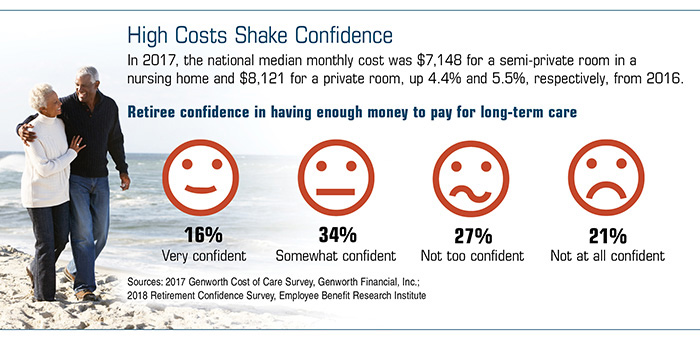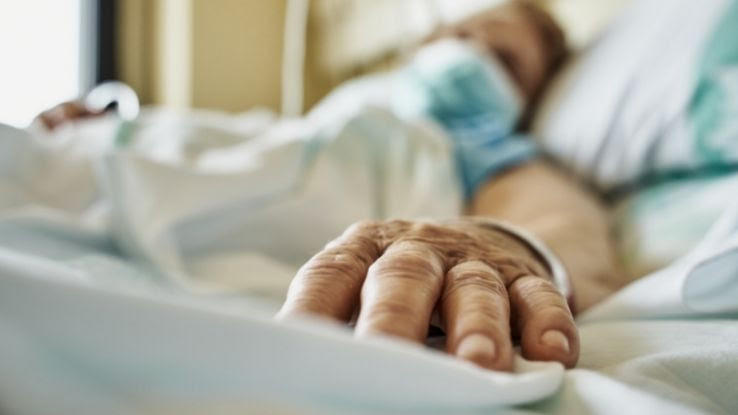The 5-Minute Rule for Pacific Prime
The 5-Minute Rule for Pacific Prime
Blog Article
The 20-Second Trick For Pacific Prime
Table of ContentsSome Known Facts About Pacific Prime.The Best Guide To Pacific PrimeSome Known Details About Pacific Prime An Unbiased View of Pacific Prime
In most states, the insurance company is needed to send you a copy of the changes to your plan. It is important that you read Recommendations or Bikers so you recognize how your policy has actually transformed and if the plan is still sufficient to fulfill your needs. To get a copy of your insurance coverage, please contact your insurance agent or firm.
The Institute of Medication (IOM) Committee on the Effects of Uninsurance launches a prolonged exam of evidence that addresses the relevance of health insurance protection with the publication of this report. Insurance coverage Issues is the first in a collection of six reports that will certainly be provided over the next 2 years recording the truth and repercussions of having actually an approximated 40 million people in the United States without medical insurance protection.

3 Easy Facts About Pacific Prime Described
The objective of this series of research studies is to redouble policy focus on a historical problem. Complying with the lengthiest economic expansion in American history, in 1999, an estimated one out of every 6 Americans32 million adults under the age of 65 and more than 10 million childrenremains uninsured (Mills, 2000).

10 percent of the population accounts for 70 percent of wellness care expenses, a correlation that has actually stayed consistent over the past 3 years (Berk and Monheit, 2001) - international travel insurance. Hence medical insurance proceeds to serve the function of spreading danger also as it significantly finances regular treatment. From the viewpoint of wellness treatment providers, insurance carried by their people assists protect a profits stream, and communities benefit from monetarily practical and steady healthcare practitioners and institutions
Federal government provides wellness insurance coverage to populaces whom the personal market may not serve efficiently, such as handicapped and elderly persons, and populaces whose access to wellness treatment is socially valued, such as children and expectant women. The best ends of medical insurance protection for the specific and neighborhoods, including office neighborhoods of staff members and companies, are boosted health and wellness end results and lifestyle.
The 3-Minute Rule for Pacific Prime
Workers place medical insurance initially without a doubt in relevance amongst all the advantages used in the work environment (Salisbury, 2001). There have been sizable investments of personal and public funds to provide wellness insurance, several individuals still have no coverage. Regardless of substantial coverage of survey searchings for and health treatment research study results, the basic public continues to be baffled and mistaken about Americans without medical insurance and the ramifications of doing not have insurance coverage.

Without concern, the complexity of American healthcare funding devices and the riches of sources of information contribute to the general public's confusion and hesitation about medical insurance data and their interpretation. This report and those that will follow goal to distill and provide in conveniently understandable terms the considerable study that bears upon inquiries of wellness insurance coverage and its significance.
Fifty-seven percent of Americans questioned in 1999 thought that those without medical insurance are "able to get the treatment they require from doctors and health centers" (Blendon et al., 1999, additional resources p. 207). In 1993, when nationwide attention was focused on the troubles of the uninsured and on pending healthcare regulations, just 43 percent of those questioned held this idea (Blendon et al., 1999).

They additionally get fewer preventative services and are less most likely to have regular care for persistent conditions such as high blood pressure and diabetes mellitus. Chronic diseases can cause costly and disabling difficulties if they are not well taken care of (Lurie et al., 1984; Lurie et al., 1986; Ayanian et al., 2000). One national survey asked more than 3,400 adults concerning 15 very serious or morbid problems.
Not known Factual Statements About Pacific Prime
Added proof is presented later on in this phase in the discussion of insurance coverage and access to wellness care. https://dzone.com/users/5122954/pacificpr1me.html. People without health insurance policy are young and healthy and choose to do without insurance coverage. Virtually half (43 percent) of those evaluated in 2000 believed that individuals without medical insurance are more probable to have health issue than people with insurance policy
Citizens and plan makers in focus team discussions define those without insurance as youths who have the opportunity to be covered and feel they do not require it (Porter Novelli, 2001). Contrasted to those with at the very least some personal coverage, the uninsured are less likely to report being in outstanding or excellent health and wellness (Firm for Health Care Study and Quality, 2001).
RESOURCE: Center for Expense and Funding Studies, Agency for Healthcare Research Study and Top quality, based upon MEPS data. Young adults in between 19 and 34 are even more likely to lack medical insurance than any kind of other age team. This is mainly due to the fact that they are less often qualified for employment-based insurance as a result of the nature of their work or their brief tenure in it.
The perception that individuals without insurance have better-than-average wellness complies with from confusing the reasonably young age profile of the without insurance with the far better health, usually, of younger individuals. This covers the link between wellness status and medical insurance. For those without access to office medical insurance, bad health and wellness is a possible barrier to purchasing nongroup protection because such protection may be highly valued, leave out pre-existing conditions, or be merely unavailable.
Report this page